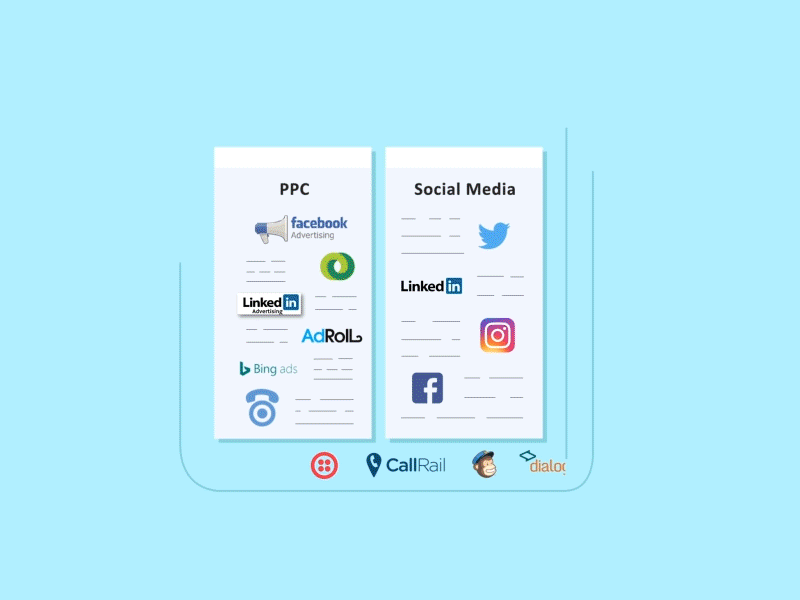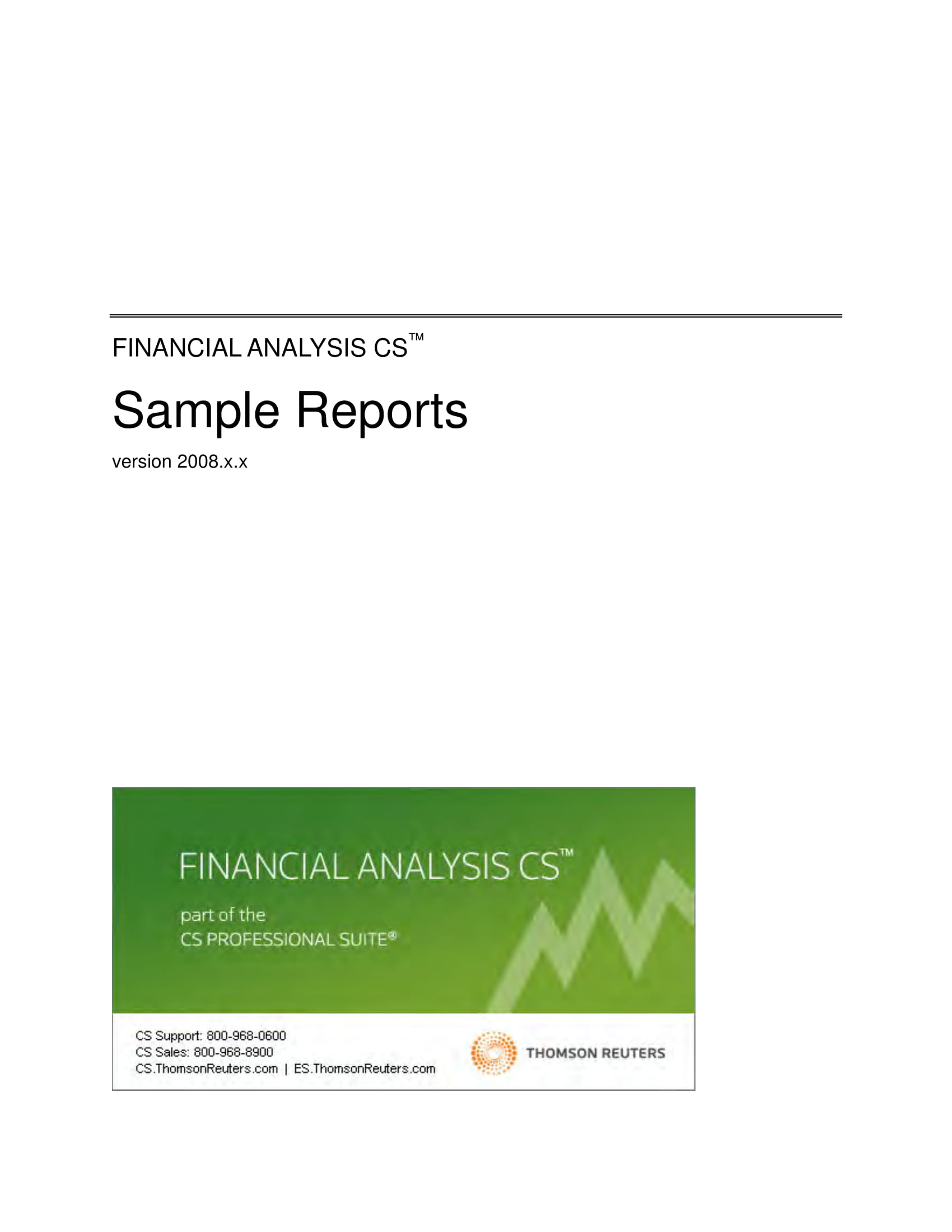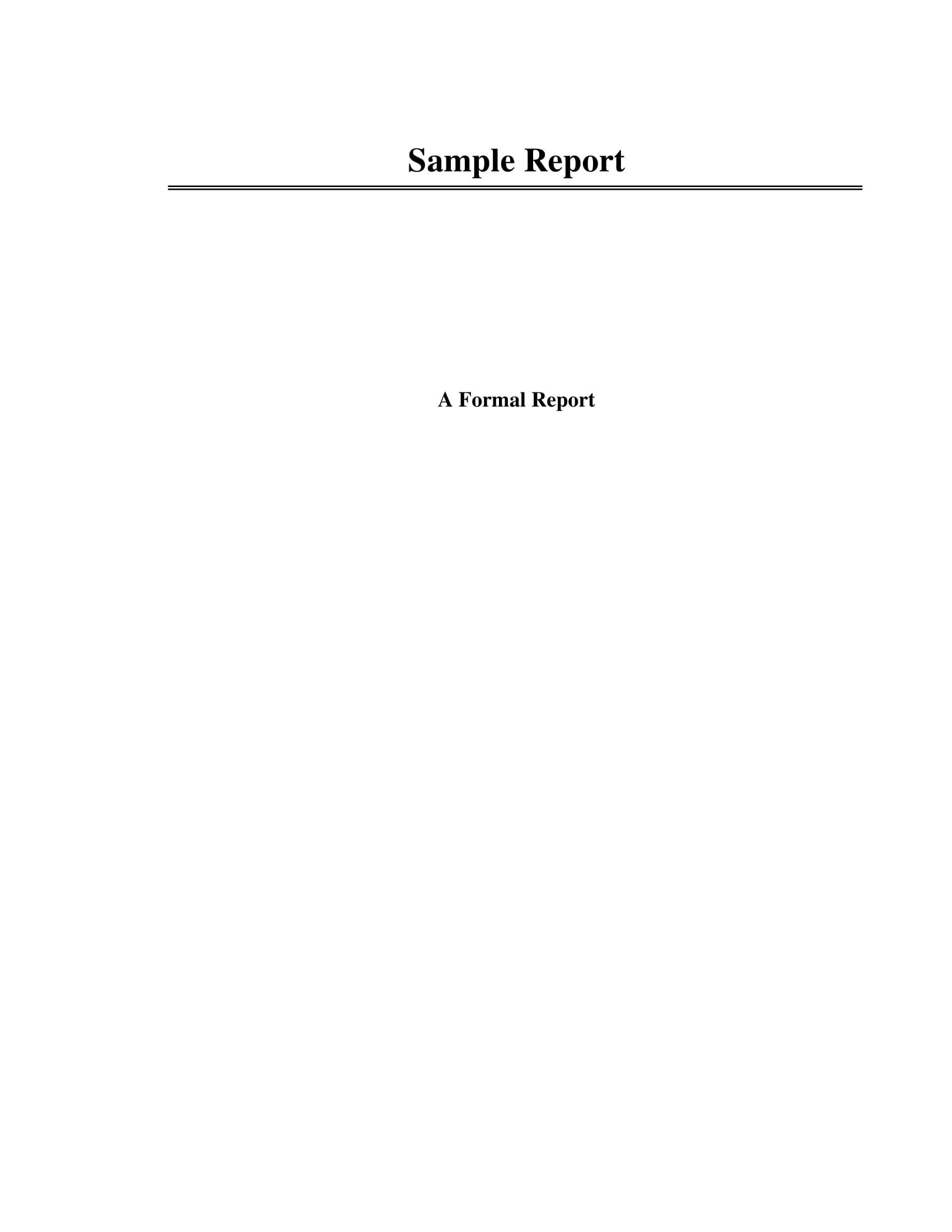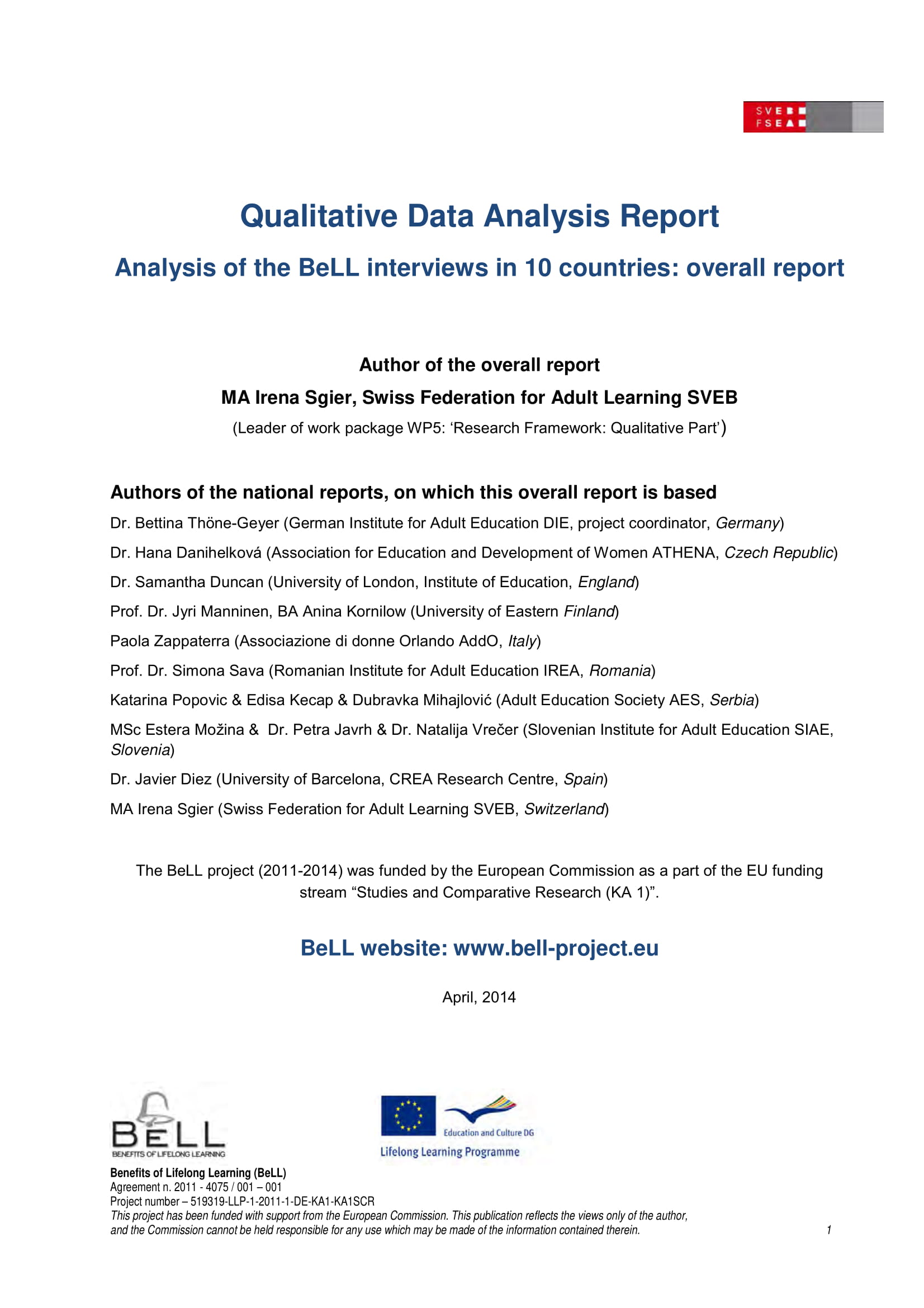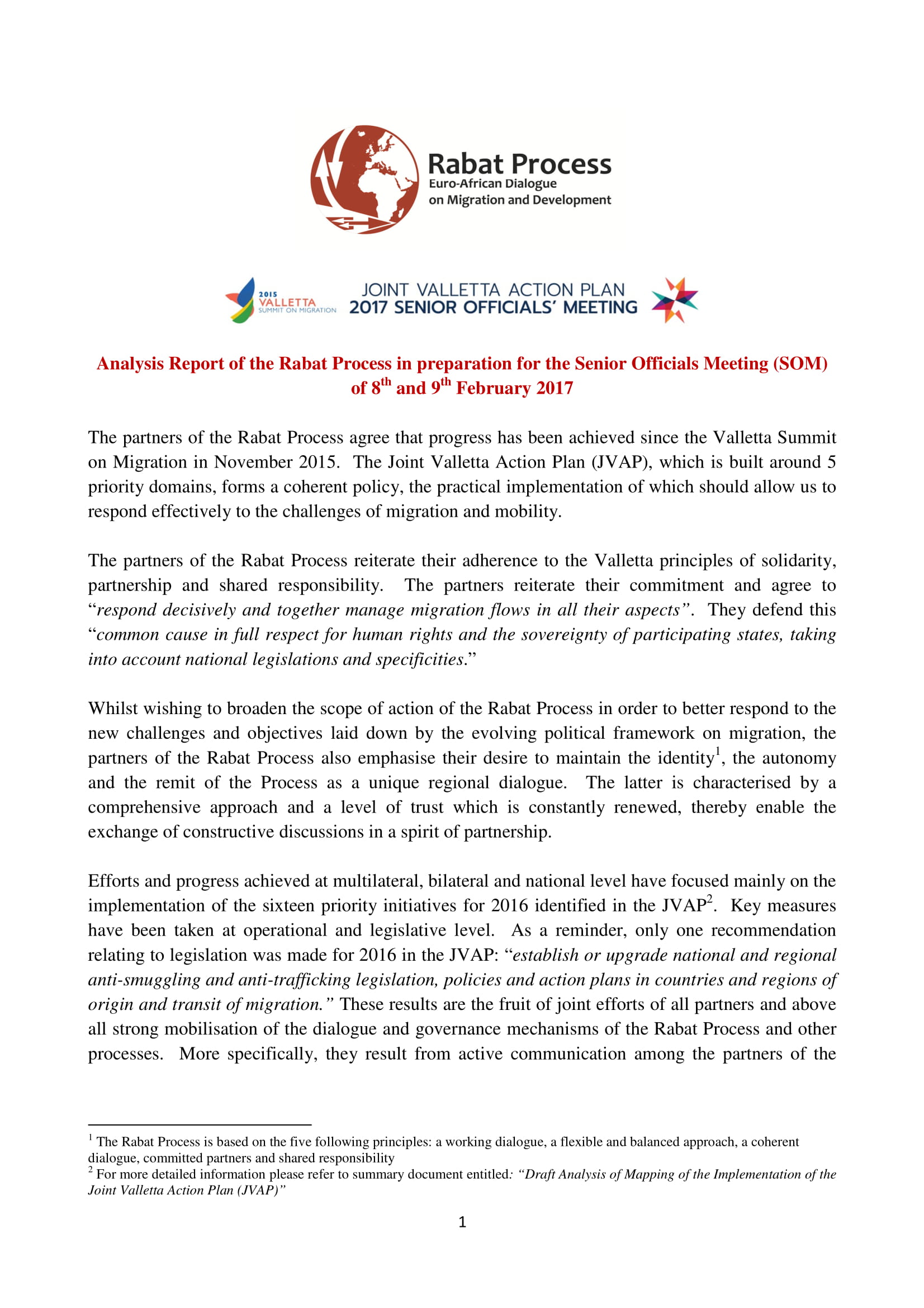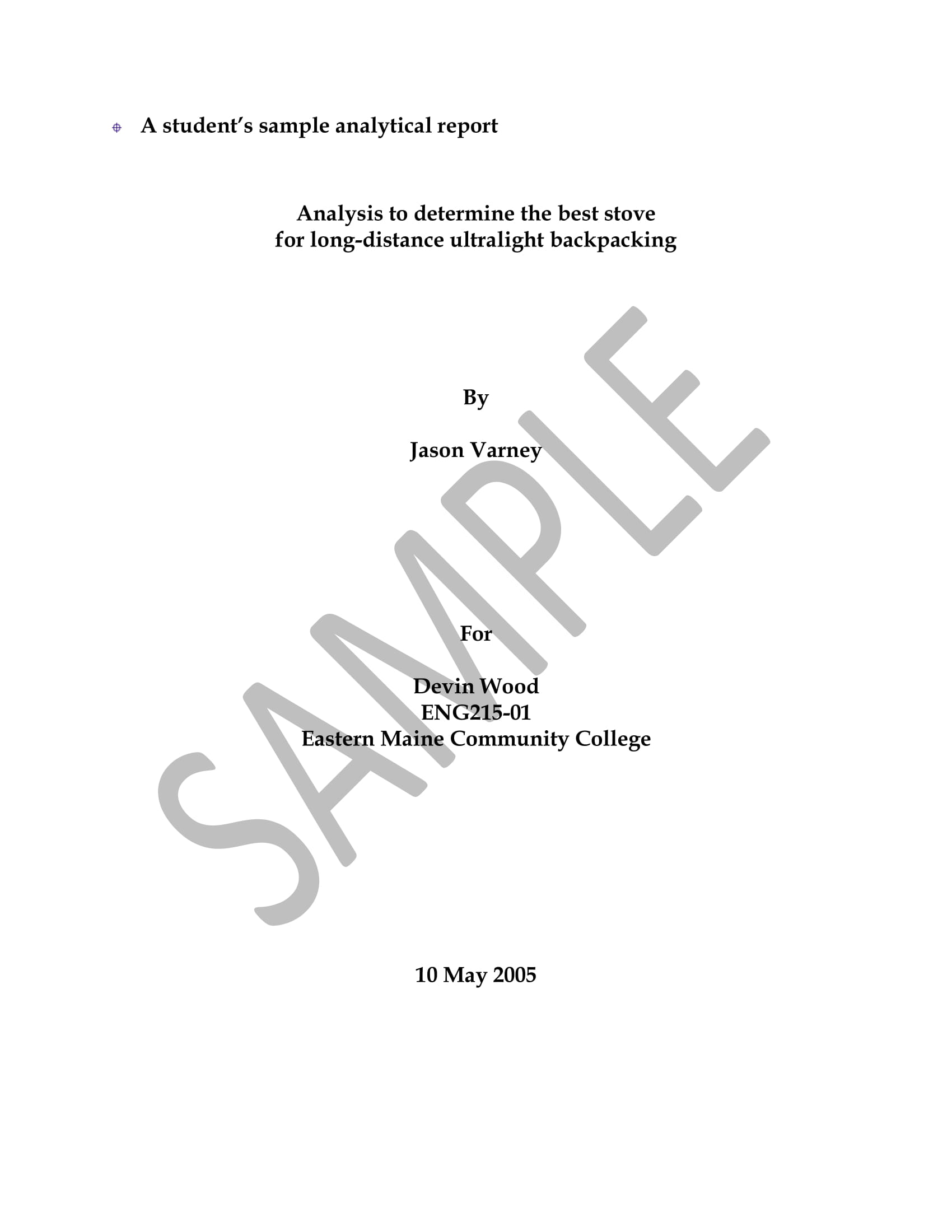28+ Analysis Examples to Download
Gathering the data and putting the analysis and the results into a comprehensible report is the final stage in a financial report. However, for some, this might be their biggest hurdle. The ultimate goal of an analysis report is to extract insightful data and communicate those information. However, the information might be difficult to understand especially if it is not readily known and it is so technical, the reason why creating a data analysis report is a challenge for most people. Many people would not dare to start creating an analysis report because of their fear of the process, while some have tried doing it for a couple of times but still find it difficult to format.
To help you with these struggles, this article provides you comprehensive examples of different analysis reports that you may refer to when you write your own analysis report.
Business Data Analysis Report Template
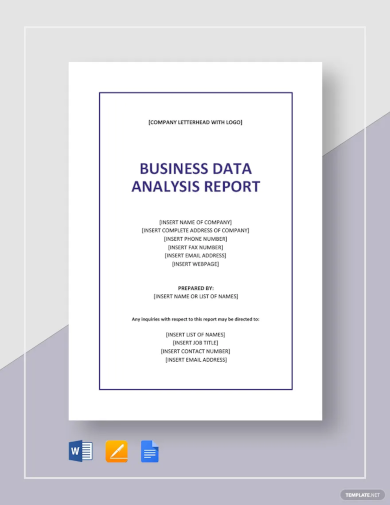
Data Analysis Report Template
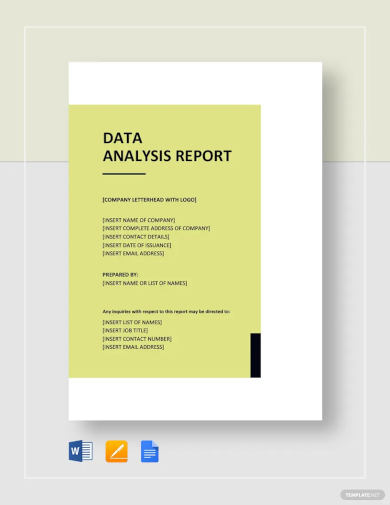
Financial Analysis Report Template
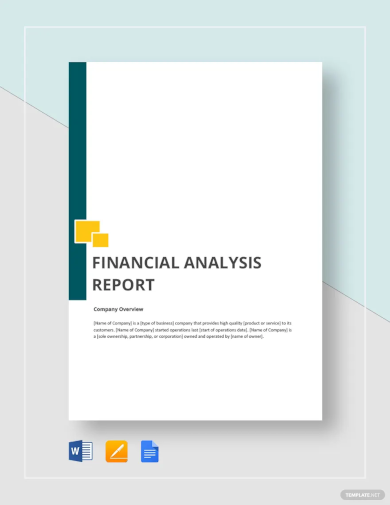
Gap Analysis Report Template
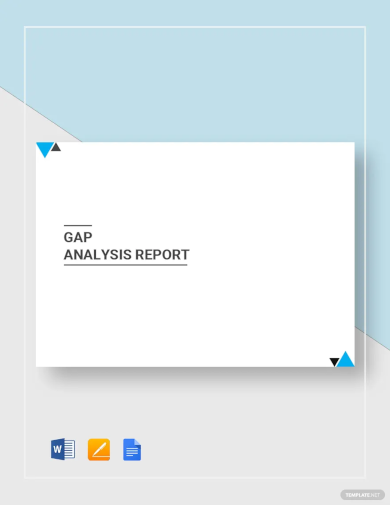
Strategic Analysis Report Template
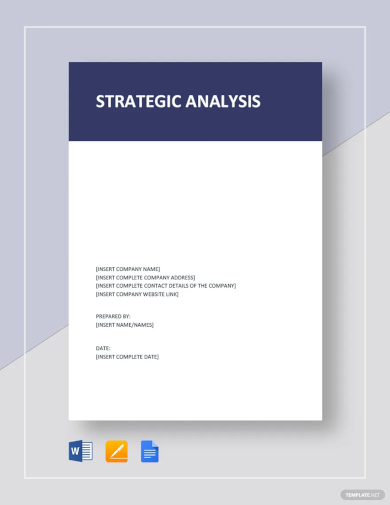
Company Analysis Report Template

Training Needs Analysis Report Template
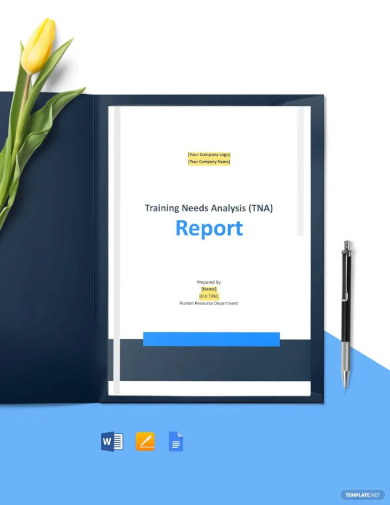
Product Analysis Report Template
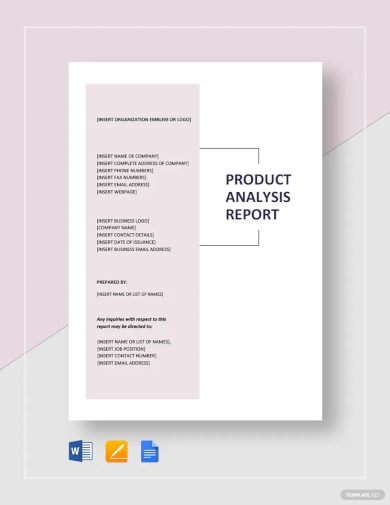
Failure Analysis Report Template
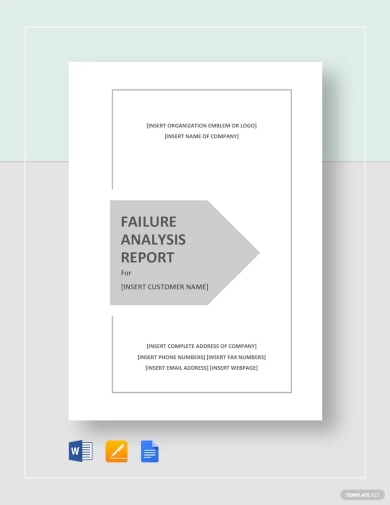
Marketing Analysis Report Template
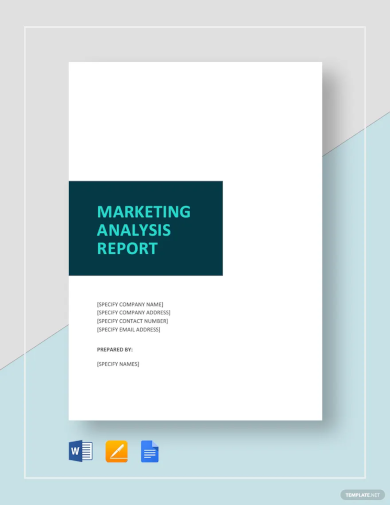
Defect Analysis Report Template
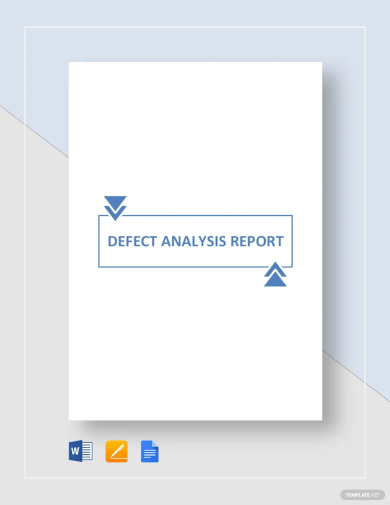
Sample Gap Analysis Report Template
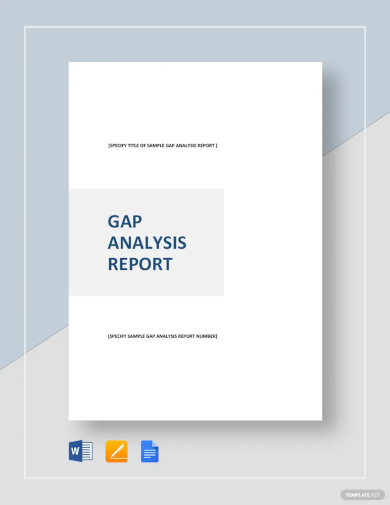
Cost Analysis Report Template
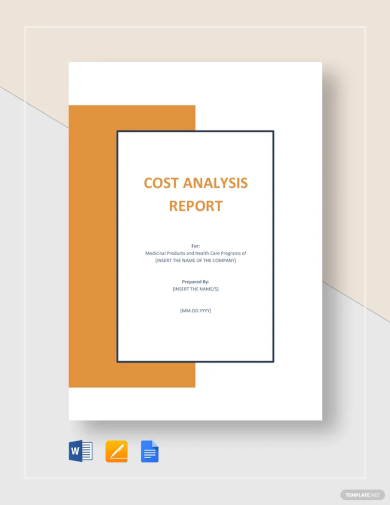
Safety Analysis Report Template
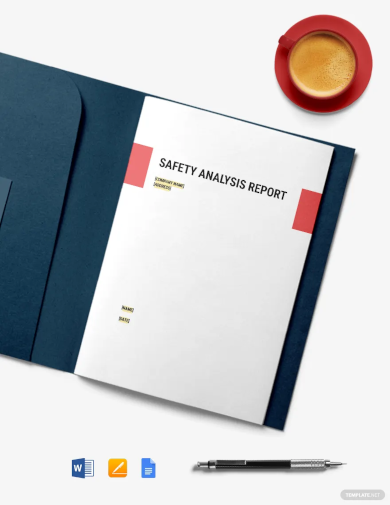
Market Analysis Report Template
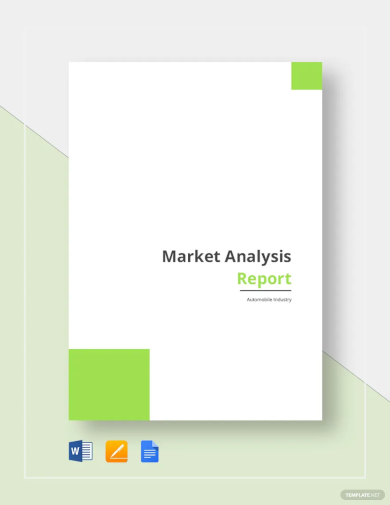
Performance Analysis Report Template
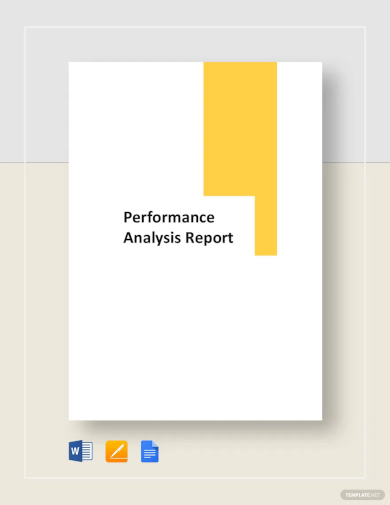
Competitor Analysis Report Template
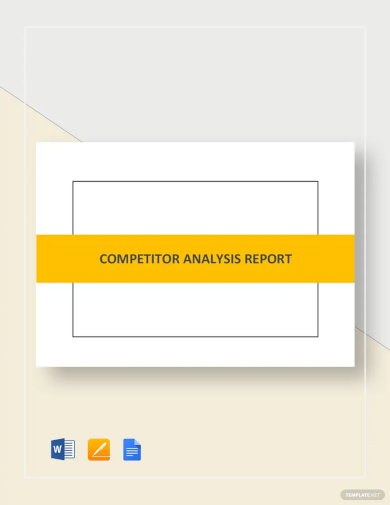
Project Analysis Report Template

Trend Analysis Report Template
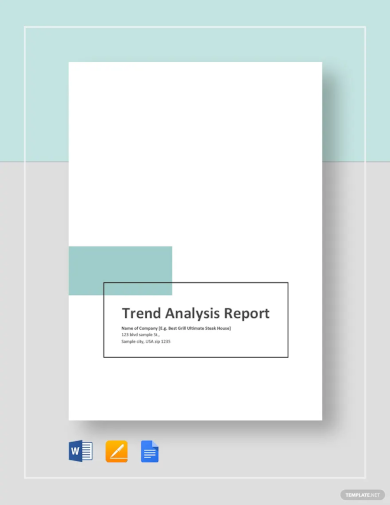
Financial Analysis Report Example
Follow-Up Data Analysis Report Example
Formal Analysis Report Example
Types of Data Analysis
Analyzing data and converting them into an information through presenting them in a report is important for the understanding and knowledge of the readers. Unlocking new ideas, discovering new topics, and many others are the byproducts of data analysis.
Data analysis has several types, and the discussion of each type is presented below.
Descriptive Data Analysis
This data analysis will only require a least amount of effort among all the other data analysis. It describes the main features of a collection of data, describing such data set. This is typically the first kind of data analysis performed on a set of data. This is also commonly applied to large volumes of data. It comes in two subtypes—univariate and bivariate statistical descriptive analyses.
Exploratory Data Analysis
In this type of data analysis, this is an approach in analyzing a set of data to find relationships that are previously unknown. They are usually the definitive answer to a question but only a start of the answer, hence should not alone be used for generalizing and predicting. It is only used in defining future studies or question as it is the initial step in evaluating the question.
Inferential Data Analysis
This type of data analysis aims to test the theories about the nature of the world in general. Conducting this analysis usually uses a sample taken from the whole population as this data analysis believed that the relatively small sample of data has something to say and can be a representative of the bigger population. It involves estimating the quantity you care about as well as your uncertainty about your estimate.
Predictive Data Analysis
Predictive data analysis is the analysis of the current and historical facts to make relevant predictions or forecast about the future events. Prediction may be hard, especially about the references, but this data analysis uses the data on some objects to predict values for another object or object in the future. Right variables must be taken to come up with the most accurate prediction.
Causal Data Analysis
Causal data analysis is performed when you change one variable to test what will happen to another variable. The implementation of causal data analysis usually requires randomized studies. The causal models are the gold standard for data analysis.
Mechanistic Data Analysis
In this type of data analysis, the most amount of effort is required among other types of data analysis. You have to understand the exact changes in variables which might lead to the changes in other variables. This is usually hard to infer and is commonly modeled by a deterministic set of equations. The equations may be inferred with data analysis if they are known but the parameters are not known.
Investment Analysis Report Example
Project Analysis Report Example
Qualitative Data Analysis Report Analysis Example
Important Things to Remember When Writing an Analysis Report
When you are writing your analysis report, you might lose your focus on other things because you are focusing on one part of the content. You have to remember that every part of an analysis report is important and that you must treat every part with due care and with undivided attention.
Here are the important things that you must remember when you are writing your analysis report.
Follow Your Outline
Usually, an analysis report must first be in an outline form so you will have a general knowledge on the topic as a whole. Without an outline, you may not know where you are heading to, and the flow of your write-up may not direct you to the generalization that you want to come up with. Hence, you must follow your outline for you to stay on track.
Be Concise but Clear
The shorter, the better. As long as you can directly present the data you have gathered and the results that you came up with, present it as concisely and as directly as possible for this will help your readers easily understand what you are talking about. Moreover, when you are presenting the information directly, make sure that it is presented clearly, and there is no vague of ambiguous information.
Avoid Excessive Use of Jargon
When you know and understand a lot about a certain topic, there is a greater possibility that you will use jargon excessively. This might be useful for those people who are working in the same field as your topic, but for other people, these might be extremely hard to understand. Hence, know who are your readers and write something that is easy for them to swallow.
Read Your Work
As you go on with every part of your paper, read your work and see if you can understand what you are trying to communicate to the readers. If you cannot understand what you are writing, there is a greater tendency that the readers, too, cannot understand what you are saying. Hence, make sure that you constantly read your work throughout the process.
Remember to Format
Having a good format will also help the readers to understand more on your paper. You might know how to use appropriate headers as well as the different levels of sections. You must also be consistent with the appearance of your formatting such as centering, bold, underline, and side heading. Furthermore, do not forget to number the pages.
Include Illustrations
Illustrations can greatly help the readers understand more about the topic. You may use tables and graphs to illustrate your findings, and make sure that all your tables and graphs have their own headings, titles, labels, legends, and footnote. The readers can easily interpret the information you are trying to convey when you present them though tables and graphs.
Use Quotes or Vignettes or Snippets
You may also use quotes, vignettes, or snippets from field notes when you illustrate your findings for the readers to easily understand what you are presenting. Make sure that the quotes have quotation marks around them and is quoted from a certain speaker or writer. For the field notes, make sure that they are clearly identified and they are in context.
Be Consistent in Your Tone
You must also ensure that you are consistent in your tone—your language, capitalization, and punctuation. Usually, reports are written in the past tense. The action steps can included references to future actions. You must only report what you actually did and what you found.
Do Not Introduce New Topic in the Final Section
In your final section, you must not anymore introduce a new topic since this would be your closing and concluding remarks. You must not also state in your final section the reason for the change in your design, what you did not do, and what should be happening with the program regardless of the findings presented in the report. Only report those information that you have previously presented.
Proofread
Lastly, you do not want to present to the readers an analysis report that is full of typographical, grammatical, and spelling errors as this can greatly affect the credibility of your report. Make sure to proofread your work, making sure that your report is free from errors.
Rabat Process Analysis Report Example
Strategic Analysis Report Example
Student’s Analysis Report Example
WRES Data Analysis Report Example
Tips for Improving Your Analysis Report Writing Skills
Even those people who are writing analysis reports every day would never say that writing such report is easy. Every analysis report is different from the others; hence, you must treat and understand differently from each other. However, as you go on with writing a lot of analysis reports, you will find patters and formats of analysis reports that are similar to the others. You may use this format as your reference to your own writing.
Practicing can really help you a lot in writing analysis reports. Additionally, below are some important tips to help your report writing skill be improved.
Educate Yourself
Feed yourself with the knowledge and information about analysis report writing by learning what other people think about report writing, visiting websites related to technical writing, taking online or local classes on report writing, reading related books and manuals, joining Internet groups, and immersing yourself in the topic by constantly reading your materials.
Understand Criticism
You will surely give and receive a lot of criticism on technical reports while you are into report writing. However, you must first consider the source of the criticism for some critics might have never written an analysis report or have never even analyzed the data. On your part, when you provide criticism, you must learn how to give constructive criticism.
Download Examples
Another thing that would greatly help your report writing be improved is to download examples from the Internet. For best results, you might include in your keyword search the word PDF as these are the perfect examples and readily available analysis reports. Similarly, the examples presented above can surely help you understand more on how to format your analysis report.
Find What Is Right for You
You may have noticed and read a lot of advice from the experts. However, one size does not really fit all. You must scrutinize the advice that the expert has given and see if it is right for you. Some may talk about the audience and the content while others may focus on the limited views of report organization and writing style. Find what you think is right and make sure that the path you are taking works greatly for you.
Brief Summary
Writing an analysis report is indeed challenging especially when you do not fully comprehend your topic and you are still new into writing reports. You might not know where to start and how to begin your write up. As a beginner, you must at least have a knowledge of the general types of analysis reports, and they are as follows: descriptive, exploratory, inferential, predictive, casual, and mechanistic data analyses.
In writing your analysis report, you must not forget the following important things about report writing: follow your outline, be concise but clear, avoid excessive use of jargon, read your work, include illustrations, use quotes or vignettes or snippets, be consistent in your tone, do not introduce new topic in the final section, and finally, always do proofreading.
To improve your skills in writing analysis reports, you might consider the following tips: educate yourself, understand criticism, download examples, and find what is right for you.
Hence, scroll back now and read the examples of analysis reports above for some reference.


